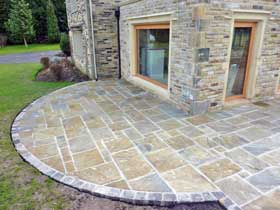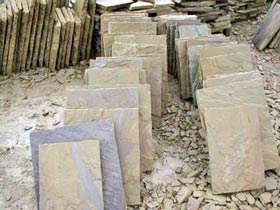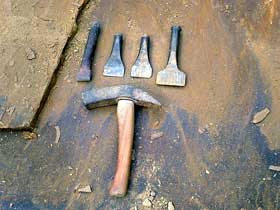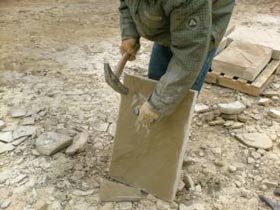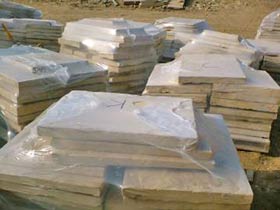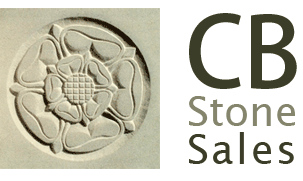Making Riven Yorkstone Paving
Traditional stonemason skills are alive and well in West Yorkshire. Stone cutters known as 'delvers' continue to create the yorkstone flags which have been used to pave most of the major towns and cities in the UK. Yorkstone is a natural sandstone quarried in Yorkshire which makes stone paving of very high quality
Making traditional riven yorkstone paving
Riven yorkstone paving has a naturally rough surface because it is hand split, or 'riven', from large flagstone paving blocks. The blocks are formed in sedimentary layers called strata or beds which allows the stone to be split into riven yorkstone flags. The video below shows a flagstone block being hand-riven by a delver into flagstones for paving with a traditional hammer and chisel.
Riven paving for residential and commercial use
Yorkstone riven paving is used for pavements, patios and driveways in homes and gardens and is still widely used for large scale paving projects in town centres. It is increasingly used as interior flooring because of it’s range of colours. Yorkstone paving has varying natural colours from sandy yellows through to greys and browns depending on the amount of iron oxide present in the flagstone blocks.
Sizes of yorkstone flags
Yorkstone paving flagstones are usually made in random sizes due to the natural shape of the flagstone blocks. However the flagstones can also be cut or 'gauged' in specific widths and lengths to create custom paving patterns. Standard yorkstone flags are ususally 40mm – 60mm in thickness but can easily be cut to any thickness required.
How yorkstone paving is graded
Yorkstone riven paving is usually graded: the top grade and the most expensive is a hard stone in a sandy yellow colour with dressed or fettled edges and gauged widths and lengths; the lowest and cheapest grade is the softer brown ‘self-faced’ paving with sawn edges and random widths and lengths. The term self-faced comes from the way the paving is easily peeled from very loose natural beds. The loose beds are much easier to rive apart than the harder layered beds of the fettled flags.
Laminated paving should be avoided when looking for yorkstone paving flagstones. Laminating stone flags can split on their own or have very loose beds that look open. The loose beds are likely to split when the paving stone dries out. Laminated flagstones come from soft silty layers that have not compressed enough or from blocks damaged by frost before they have fully dried.
Comment on this article
About Yorkstone: Article 2
